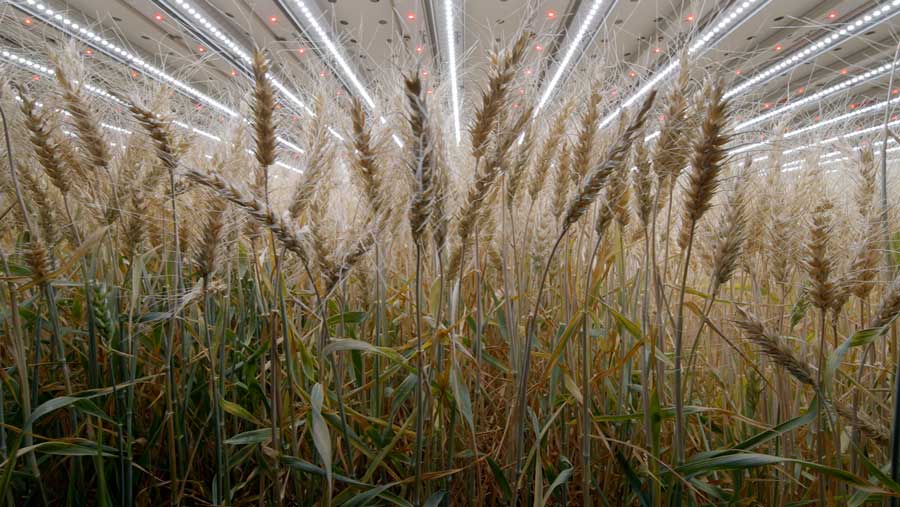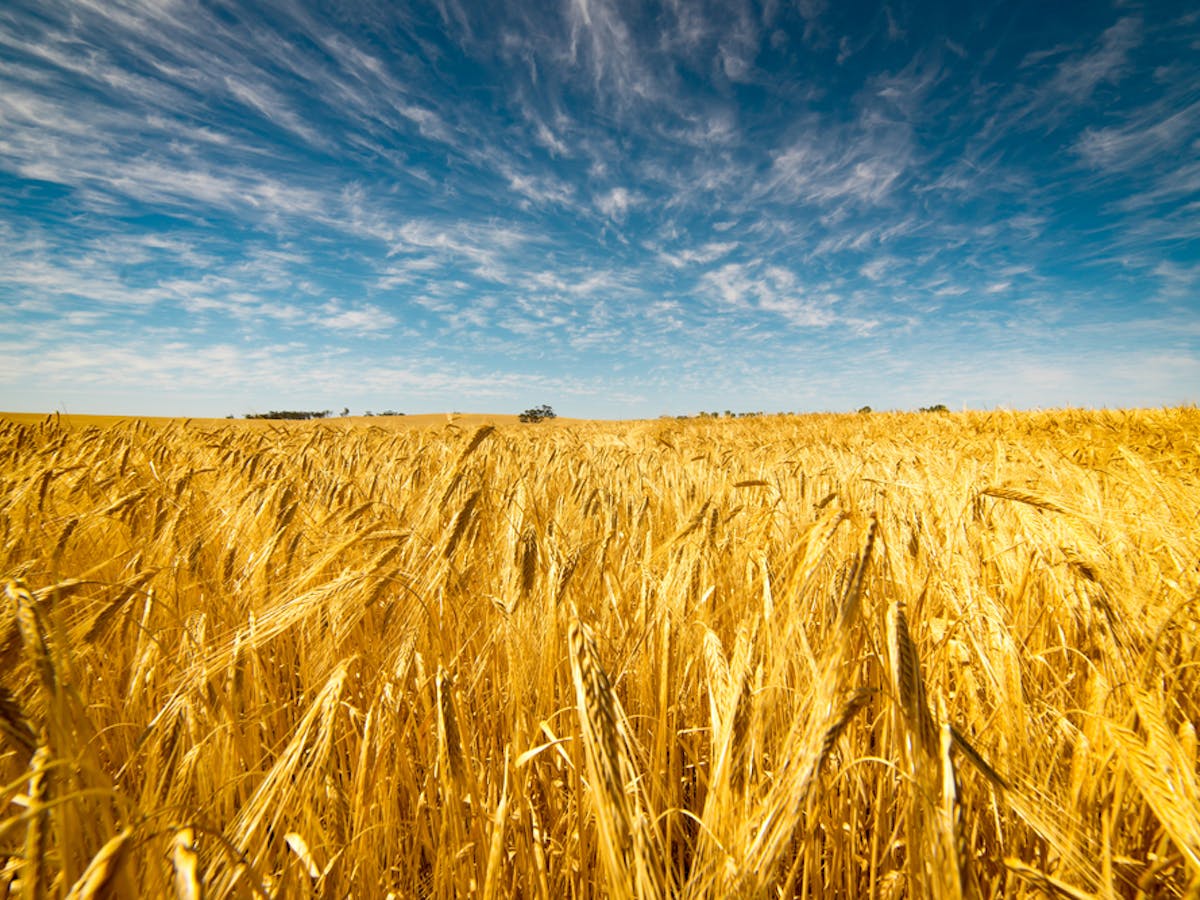Wheat is a cereal grain that is a staple food for millions of people around the world. It is a highly adaptable crop that can be grown in a variety of climatic conditions, but there are certain conditions that are most favorable for growing wheat.
First and foremost, wheat requires a sufficient amount of water in order to grow properly. While wheat is relatively drought-tolerant compared to some other crops, it still needs a consistent supply of moisture in order to thrive. This means that wheat is best suited for areas with moderate to high levels of precipitation, or irrigation systems in place to supplement natural rainfall.
In addition to water, wheat also needs a certain range of temperatures in order to grow and develop properly. Wheat can be grown in both cool and warm climates, but it tends to do best in areas with average temperatures between 60 and 70 degrees Fahrenheit during the growing season. Too much heat or cold can stress the plants and reduce their yields.
Soil is another important factor in growing wheat. Wheat is a relatively forgiving crop that can be grown in a variety of soil types, but it prefers well-draining, fertile soil with a pH between 6.0 and 7.0. Wheat can also tolerate slightly alkaline soils, but acidic soils may require the use of lime to raise the pH to an acceptable level.
Finally, wheat needs a long growing season in order to reach maturity. Wheat is typically planted in the fall and harvested in the summer, which means it needs a growing season of at least six months. This means that wheat is best suited for areas with relatively long growing seasons, such as the Great Plains region of the United States or the wheat-growing regions of Canada and Russia.
In summary, the ideal climatic conditions for growing wheat include moderate to high levels of precipitation, average temperatures between 60 and 70 degrees Fahrenheit, well-draining, fertile soil with a pH between 6.0 and 7.0, and a long growing season. While wheat can be grown in a variety of climates, these conditions are most favorable for producing high yields of healthy, high-quality grain.








